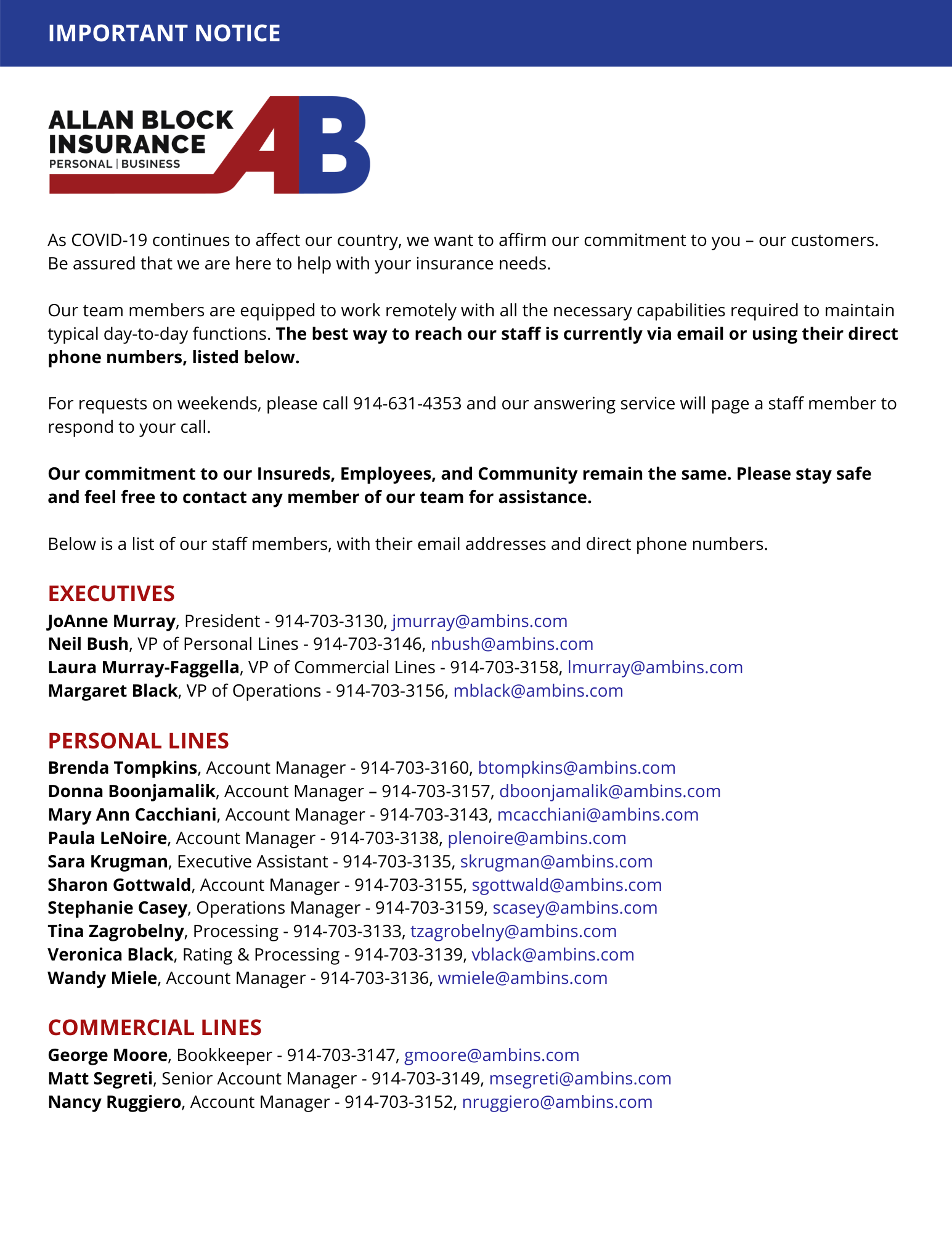One of the keys to running a successful business is having in place a robust risk management system to ensure your company can guard against a growing number of threats that can derail operations or cause significant losses.
While each industry and company have different risks they face, a recent survey collected responses from risk managers around the world to identify the top risks facing businesses.
The “Allianz Risk Barometer 2025” highlights the key threats for organizations in an increasingly interconnected and volatile environment.
Below are the top eight risks in 2025 and what you can do to protect against them.
1. Cyber incidents
Cyber risks like ransomware attacks, data breaches and IT outages remain the number one threat globally. With AI accelerating the sophistication of attacks, businesses have to double down on protection.
What you can do — Invest in robust cyber-security measures and training employees on how to detect threats and avoid clicking on links that contain malicious code. Regularly update systems, conduct penetration testing and educate staff on cyber hygiene.
2. Business interruption
Supply chain disruptions, often triggered by cyberattacks or natural disasters, have consistently ranked high. If one of your suppliers suddenly can’t provide you with goods your firm needs or a cyberattack affects your ability to function, you will lose money.
What you can do — Diversify suppliers, explore local sourcing and implement business continuity plans that include how to respond to each possible issue that could result in disruption to operations or sales.
3. Natural catastrophes
Events like hurricanes, wildfires, convective storms and flooding can cause significant losses, be that from damage to property and assets, injury to staff, employees being unable to work or business interruption.
What you can do — Put in place a disaster recovery plan that includes how members of your staff will communicate, possible alternative locations for operations, and how to protect your facilities. Evaluate disaster preparedness and explore insurance solutions.
4. Changes in laws, regulations
Regulatory shifts, especially around sustainability and emerging technologies like AI, are creating compliance challenges. Businesses will be faced with plenty of uncertainty under a new Trump presidency, considering his plans to pursue deregulation.
While a boon for business, it could lead to confusion, particularly for those who operate in blue states. As well, the new president’s promises of raising tariffs could lead to higher costs for many businesses that source products, parts and machinery from abroad.
What you can do — It’s important that you stay on top of regulatory and legal changes to avoid penalties or lawsuits. Engage legal advisors or compliance experts to navigate changing laws.
5. Climate change
The physical and operational impacts of climate change, such as extreme weather and resource scarcity, are intensifying and businesses need to harden their operations to cope.
According to the report: “Extreme temperatures can drive up energy demand, which is especially critical for industries reliant on cooling systems, potentially leading to operational cost increases. Water scarcity can threaten businesses reliant on water for operations, while biodiversity loss undermines ecosystem services which many industries depend on, for example, agriculture or maintaining crop yields.”
What you can do — Many of the same preparations businesses can make for dealing with natural catastrophes can also be used for climate change resilience.
6. Fire and explosion
Fires remain a leading cause of business interruption, especially with the rise of lithium-ion battery incidents. “The degree of disruption can be very high, as it can take longer to recover from than many other perils,” the report states.
What you can do — Ensure that you conduct regular fire safety audits and training to staff, particularly if you store flammable materials on-site. Regularly update your fire prevention protocols and provide emergency response training.
7. Macroeconomic developments
Economic uncertainties, including inflation and fluctuating monetary policies, pose challenges for budgeting and forecasting.
What you can do — Keep abreast of market trends and adapt to macroeconomic changes with flexible planning. Staying agile and diversifying revenue streams can mitigate risks.
8. Market developments
Many experts believe it is unlikely that there will be a major stock market correction in 2025. Recovering earnings for deregulation and strong fundamentals should support continued growth.
What you can do — Strategic planning and market analysis are critical if your organization is reliant on stock market gains.
The takeaway
The above list of risks was gleaned from a survey of companies around the world, but many of the risks also apply to U.S. firms.
It’s important that businesses take a structured approach to managing their risks and creating plans for all eventualities that may affect them. That requires buy-in from management and a focus on protecting the company’s revenue stream, physical and digital assets, employees and supply chains.



